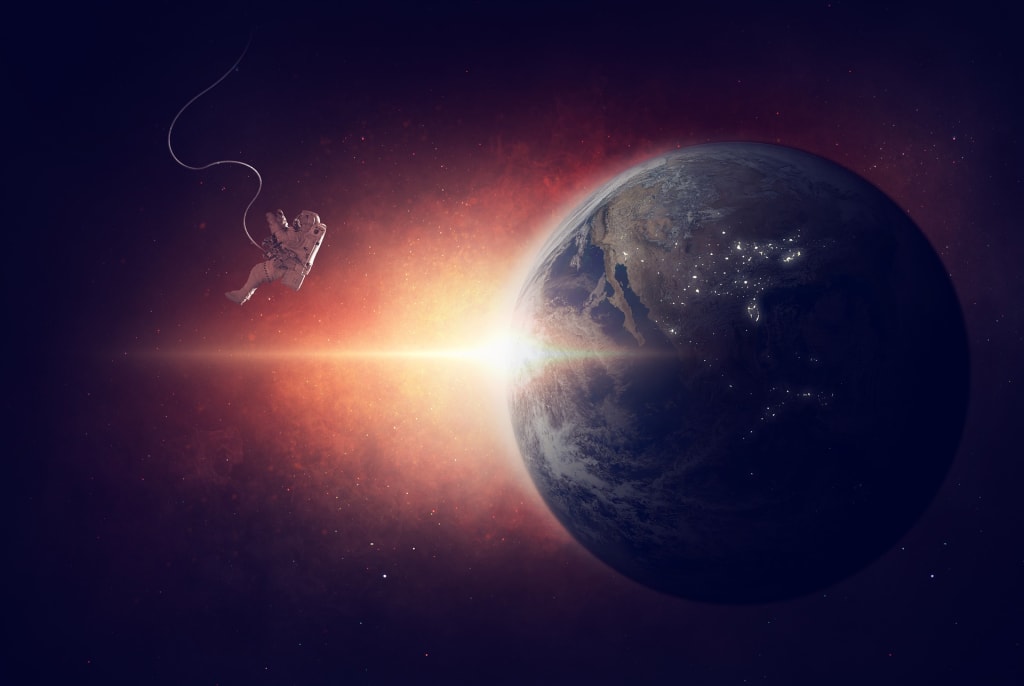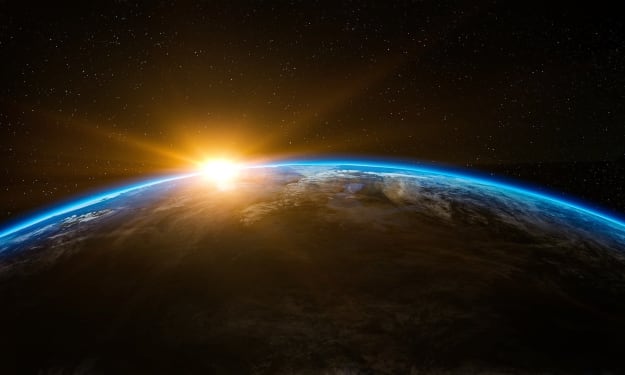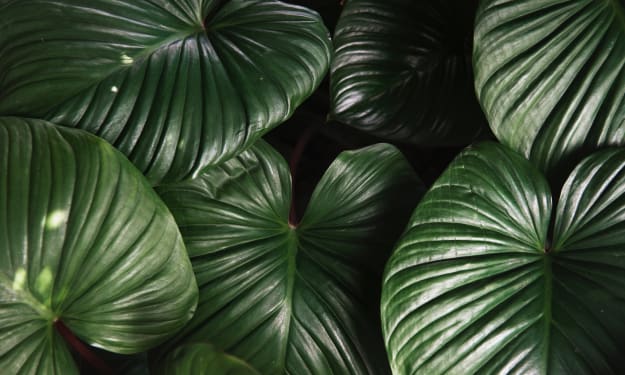
You’d be forgiven for thinking that we know everything there is to know about Earth. It’s the planet we all call home, after all, and one that has been extensively studied by scientists over the centuries. However, even though there are plenty of books and articles out there that tell us interesting things about our planet, there still seems to be so much more to discover about it. You might think you already know everything worth knowing about Earth — but these facts will prove you wrong! Read on for some amazing insights into our home planet that you probably didn’t know.
The smell of rain on Earth is caused by sulfur compounds:
The moment you step outside on a rainy day, you can catch a whiff of something pungent — and for many of us, it’s not the nicest of odors. But what causes the smell of rain on Earth? The short answer is sulfur compounds. Rain is made up of a wide variety of things, including minerals dissolved in water. Once it hits the ground and flows into streams, it is collected and stored in reservoirs. When that water is released back into the air, it can smell a little bit like rotten eggs. That’s because the water contains chemicals known as sulfates — and these are what cause the distinct smell associated with rainfall. Sulfur is an element commonly found in iron ores, and it can be released into the atmosphere when we burn fuels like coal or oil for energy. It is also found in other things, like natural gas and rocks like limestone that contain sulfur.
There’s a place on Earth that’s so dark, you can’t even see your hand in front of your face:
While we’re on the topic of odors, did you know that there is a place on Earth where the stench is so bad, you can’t even smell it? The Atacama Desert in Chile is one of the driest places on Earth — and it’s also one of the most bizarre. It’s so dry that you can’t smell anything because there are no bacteria to break down any organic matter and create odors. The desert gets less than a millimeter of rainfall each year — meaning that almost nothing grows there. It’s so arid, that the desert boasts some of the lowest biodiversity anywhere on the planet — and even one of the driest deserts on Earth, the Sahara, is more diverse than this place. The aridity of the desert means it’s very dark, with almost no natural light. In fact, if you were to stand in the middle of it, you wouldn’t be able to see your hand in front of your face. This makes the desert a great place for astronomers to set up telescopes because there’s very little light pollution.
Earth is the only place where we know life exists in the universe:
Earth is a delicate planet, and scientists have always been careful not to contaminate other celestial bodies with bacteria taken from our planet. After all, we don’t want to risk bringing alien pathogens to Earth that could wreak havoc on our environment. However, Earth has been contaminated by other places in our solar system. The most famous example of this is Mars — the red planet that is thought to have once been much more like Earth, with flowing water and a thicker atmosphere. The Curiosity rover has found evidence that there was once a huge lake on Mars — and that it contained water that is chemically similar to water on Earth. This means that if aliens were ever to visit Earth, we could also find traces of their life on Mars — even though we’ve been careful to keep Earth bacteria-free.
The deepest point in the ocean is nearly 10 times deeper than the height of Mount Everest:
The deepest point in the sea is called the Challenger Deep, and it’s very close to the Pacific island of Guam. The Challenger Deep is a staggering 10.98 miles (17.78 kilometers) deep, which is nearly 10 times higher than the tallest mountain on Earth — Mount Everest! The Challenger Deep is part of the Mariana Trench, which extends for about 1,500 miles (2,300 kilometers) along the Pacific coast of the Americas. It’s not only the deepest point in the ocean — it’s also the biggest, with a surface area of about 16,377,000 square feet. If Mount Everest were in the Mariana Trench, its peak would be submerged in water!
If you weighed 150 pounds on Earth, you would weigh 30 tons on Jupiter:
The gravitational pull of the planets in our solar system varies — but even the most powerful planet in the solar system couldn’t cause you to shrink. However, if you weighed 150 pounds on Earth, you would weigh 30 tons on Jupiter. This is largely due to the planet’s immense size and mass. Jupiter is the largest planet in our solar system and is over 90 times the size of Earth in terms of volume. The force of gravity on Jupiter is so strong that if you could stand on the planet’s surface, you would be squashed by the weight of 30 tons of matter. This is because the mass of Jupiter is so large that it’s keeping the planet’s gravity in place. Although we don’t yet know what’s holding Earth together, we do know that it isn’t strong enough to crush us.
Some more knowledgeable Facts:
The temperature on Mercury can reach 800 degrees Fahrenheit during the day and -300 degrees at night:
The planet Mercury is very close to the sun, and it’s perhaps the most extreme planet in our solar system. The planet experiences some of the most dramatic temperature fluctuations known to exist anywhere in the universe — ranging from a high of 800 degrees Fahrenheit during the day to a low of -300 degrees Fahrenheit at night. The daytime temperature is so hot because there’s so much solar energy reaching the planet — so much so that Mercury has no atmosphere. This means that the UV light from the sun is not filtered and can reach the surface and cause extreme temperatures. At night, the temperature falls because there’s no solar energy reaching Mercury and therefore no way to keep the planet warm.
Saturn has hexagon clouds and great rings:
The planet Saturn is perhaps best known for its great rings, but it also has hexagon clouds that are just as interesting. These hexagon clouds are actually more like hexagon-shaped storms and they come in a range of different colors. The hexagon clouds of Saturn are formed by powerful winds that circle the planet. They are similar to the Great Red Spot on Jupiter, but are much bigger — with one hexagon spanning about the same distance as the diameter of Earth.
Uranus smells like farts, because of its unique composition:
Many people have heard that Uranus smells bad, but what do they mean by that? Uranus actually smells like farts! This isn’t because something has gone wrong, but because of its unique composition. Like all planets, Uranus consists of a core, mantle, and crust. The core consists of heavy elements such as iron, silicon, and oxygen. When these elements come into contact with the mantle — which consists of lighter elements like water, ammonia, and methane — they react and create new compounds, such as the hydrogen sulphide that gives farts their smell. This means that when you are standing on Uranus, you are standing on a planet that smells like farts!
Conclusion:
These facts show that Earth is a planet like no other. Many of these facts also show that we don’t know everything about Earth yet. There are many mysteries left to solve, and many facts left to discover about the special place we call home. We may know a lot about Earth, but there’s still a lot left to discover.
About the Creator
PP
Psychology, Horror, fiction, education, poet, and about many crazy topics; I love to create content.
Enjoyed the story? Support the Creator.
Subscribe for free to receive all their stories in your feed. You could also pledge your support or give them a one-off tip, letting them know you appreciate their work.






Comments
There are no comments for this story
Be the first to respond and start the conversation.